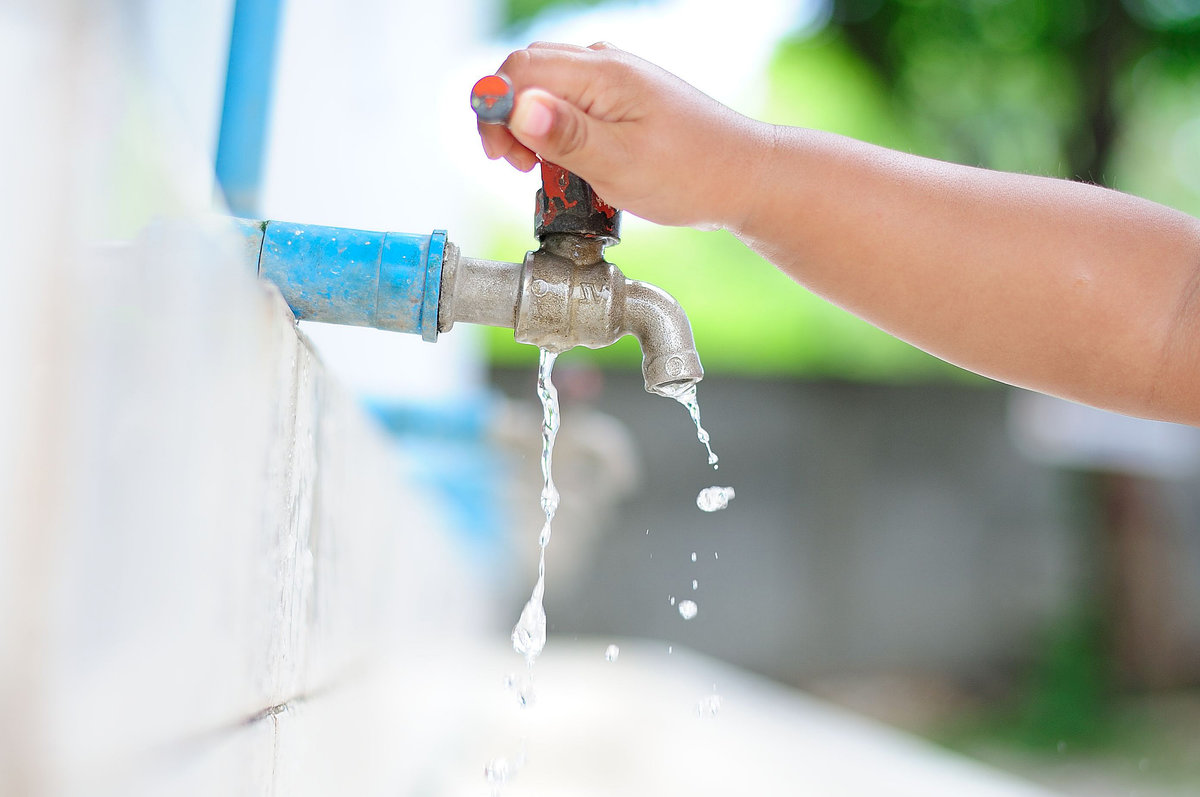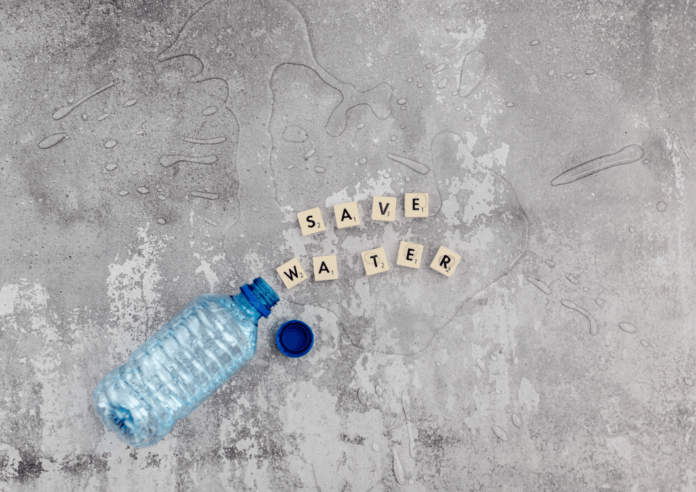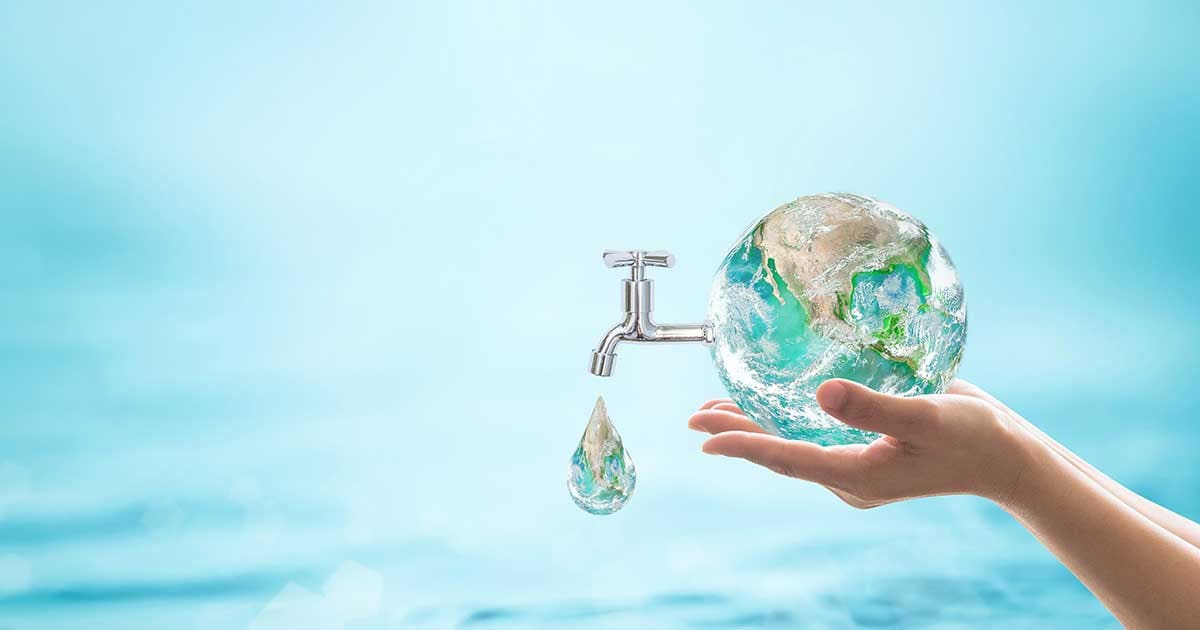Unlike a large portion of the world population, US citizens seldom worry about running out of water. So, it’s easy for most Americans to take this essence of life for granted. However, the recent wave of extensive, havoc-wreaking droughts in the western United States has people considering sustainability through water conservation.
Indeed, agricultural practices and big corporations are responsible for a large part of a country’s water usage. Yet, residential water consumption is too significant to ignore. According to the Environmental Protection Agency, one US family consumes a whopping 300 gallons of water daily. Although energy-saving appliances and efficient water fixtures help to some extent, people still need to understand and care for the cause of water wastage. Following are some helpful tips to limit water wastage at home and lead a more sustainable life.
Taking shorter showers
For an average US family, showers make up 17% of the total water consumption. One household spends at least 40 gallons of water just on morning showers. For this purpose, setting timers can help in reducing shower time drastically.
Another strategy is to install efficient showerheads that only use 2 gallons of water a minute instead of the standard 2½ gallons per minute. Besides offering efficiency and eco-friendliness, these showerheads also provide increased shower performance.
Check for indoor leaks in plumbing
Right from their conception, most houses are lined with chock-full of pipes and drains that bring in and carry water out of the property. And there’s always a risk of leaks in this labyrinth of pipework. In case of slow leaks, you might not even realize there’s a problem till you’ve already sent a few gallons of precious water down the drain or into the earth.
Therefore, regularly check your kitchen and bathroom pipework to avoid any nasty surprises, such as blocked or frozen pipes in the winter. It’s also a good idea to check for leaky laundry machine hoses, dishwasher pipes, and toilets. Bonus tip: put some food coloring in the tank at night and see if the colored water has leaked into the bowl in the morning. If the answer’s yes, then there’s a possible leak.
Try learning the whereabouts of different stop valves in your home. That way, there’d be a way to stop leaks without delay or waiting for the plumber to arrive.

Check for outdoor leaks in the plumbing
Like your indoor piping, outdoor pipes and faucets can have leaks too. Make it a habit of checking up on these fixtures semi-annually or quarterly. Why? Because an indoor leak can go unnoticed, but outdoor leaks are pretty easy to spot and fix.
Plus, be watchful of any significant fluctuations in your water bill. For example, there’s probably a leak somewhere if you notice any mysterious increases in the amount.
Repurposing water
It’s important not to get too focused on sustainability that you start setting unrealistic or unachievable goals. Still, there’s no better option to reduce wastage than reusing the resources we have, including water. Saving and repurposing water can drastically impact the current water crisis. So, try keeping some water for later when you see it running down the drain next time.
For instance, one can save water when rinsing vegetables or fruits and washing hands. This water can help replenish your beautiful garden plants and even your lawn.
Use a dishwasher
Taking the automated route instead of manual dishwashing can cut back on water usage dramatically. Additionally, there are more efficient and eco-friendly dishwasher options that help reduce water consumption. Skip on rinsing dishes and only scrape them before putting in the load. This simple trick allows you to save up to 10 gallons worth of water every time you stand to do the dishes.
For households usually dealing in smaller wash loads, a double-drawer dishwasher is an optimal choice. The drawers won’t require more than two gallons of water per wash and can save incredible amounts of water and energy.
Use a water meter
Perhaps, all we need is to implement the token economy concept to reduce individual water wastage. After all, who doesn’t love a good incentive? And nothing motivates people more than money. Installing a water meter can indicate the exact amount you’re spending on water. Hence, you’ll know you’re flushing both cash and water down the drain, such as when you leave the tap running. A water meter can help people become more mindful about their water consumption and wastage.
Run only full loads
Sure, you can’t wash your denim jeans and your delicates on the same washing cycle. But, you can work around this problem. Consider filling the delicates load with other slightly rougher garments that don’t have any stubborn stains or smells.
By doing laundry only when you have a full load, you guarantee optimal detergent use, more efficient chores, and an endless supply of fresh underwear.
Install water-efficient toilets
Undoubtedly, toilets require a decent amount of water to be functional and dispose of waste properly. Still, it’s alarming that an average person flushes their toilet almost 5,000 times annually. Assuming a regular toilet uses 3.4 gallons of water for each flush, that’s 47 gallons worth of flushing each day. Shocking, isn’t it?
A solution here is to install dual flush toilets. These intelligent toilets can significantly reduce your household’s water wastage as they only require a gallon per flush. Don’t worry; you won’t see any poop floating.
Turn off the tap
It’s genuinely astounding how people have conquered Mars but still struggle to turn off the water tap while brushing their teeth! Simply turning off the tap while washing hands or brushing teeth can reduce water wastage by a considerable margin. It’s unlearning small habits like these that is the most impactful in ensuring a sustainable future for our upcoming generations.
Efficiently water your plants
A house’s garden and other plants also tend to consume a lot of water in the hot seasons, especially in the summer. So, avoid watering your plants during the daytime. Watering them in the scorching heat will lead to most of the water evaporating away immediately, leaving your plants looking drier and dehydrated than before. Consequently, you would feel the urge to water them again, thus creating a vicious cycle of water wastage.
A way to reduce water usage is to water your plants at a cooler time, such as late at night or early in the morning. Not only will your plants absorb better, but this will also prevent damage from the latent heat of evaporation.
In summary
Tragically, most people don’t realize the extent of their daily water wastage and its environmental impact. Whether it’s from the hidden slow leak or running water down the drain to warm up the shower, there are countless instances of water wastage in our everyday lives.
Given the recent developments in global sustainability efforts regarding water usage, it’s high time that individuals evaluate their water consumption and limit wastage. This article explored some basic steps you can take to reduce water wastage at home. These include, but aren’t limited to, checking your plumbing, installing a water meter, taking shorter showers, and reusing water. So what do you do the next time you’re rubbing soap on your hands? You turn the tap off!



















